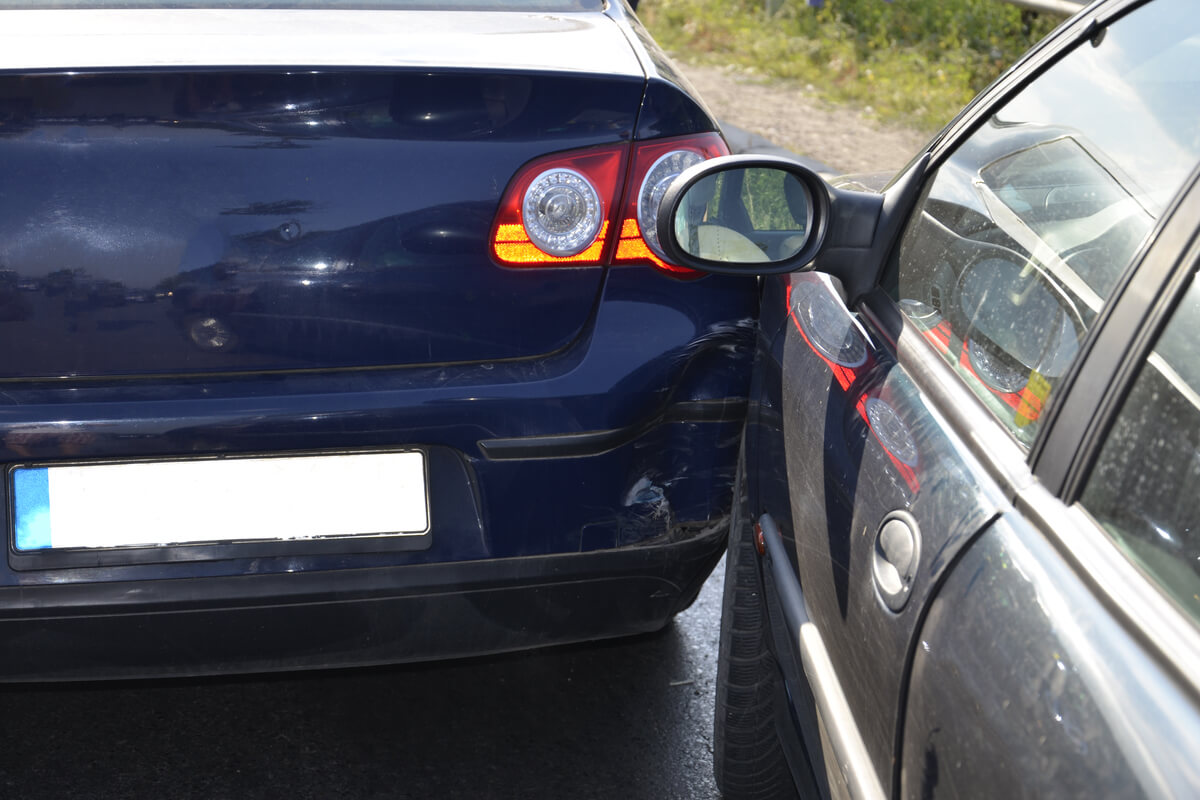- Firm Overview
- Practice Areas
- Testimonials
- Community
- Blog
- FAQ
- Contact
GET A FREE CONSULTATION (702) 680-1111

The U.S. legal system is unique because it recognizes a form of law that some nations fail to recognize: tort law. Commonly referred to as personal injury law, tort law is an area of law that allows parties to file claims against each other for the misconduct of one party that caused damage to another. The most significant area of tort law is negligence. However, negligence also encompasses a variety of classifications that change based on the specific facts of each case.
Negligence is a legal concept in personal injury law that establishes a duty of a person or entity (a company or organization) to act in a certain way when engaging with others in society. For example, suppose that a person or entity caused damage to another party. In that case, the theory of negligence allows the injured party to determine whether they are owed compensation for damage caused by the at-fault party’s misconduct.
All negligence claims derive from a simple question: was the at-fault party charged with a duty to exercise reasonable care and understand any foreseeable harms that could have been caused by their actions before acting? Suppose the party that caused the damage deviated from there to exercise reasonable care and was aware of any foreseeable harm but did not correctly address or mitigate that potential harm. In that case, that party may be liable for the damage.
In the State of Nevada, an injured party (“the plaintiff”) must establish a claim of negligence against a party (“the defendant”) by proving the following:
Depending on the nature of the injury and the parties involved, a Nevada court may be required to consider other factors. For example, a typical automobile driver needs only to be a reasonably prudent driver (refrain from texting while driving, maintain their vehicle, avoid consuming alcohol before driving, etc.). However, a doctor performing surgery will have a stronger duty to patients based on other doctors in the same profession and medical standards established by law.
Two common forms of negligence include ordinary negligence and gross negligence. Although both fall under the same negligence framework, either has key differences that may apply in different circumstances.
Ordinary negligence simply means that a party failed to adhere to a duty of care based on a reasonably prudent person in similar circumstances. This often happens when a regular person is careless when engaging in a certain activity.
Using the situation described above, ordinary negligence would apply when a driver deviated from their duty as a reasonably prudent driver. A typical example is a driver who rear-ended another car while texting. State and local laws impose civil and criminal penalties on drivers that use a cell phone while operating a motor vehicle. If the injured party can prove that the defendant was using their phone during the accident, the injured party will show the defendant is liable for ordinary negligence.
Gross negligence is similar to ordinary negligence but includes an additional factor when applied to some instances. For example, in a gross negligence case, the at-fault party not only had a duty to the injured party but committed a severe breach of that duty. Types of gross negligence can include:
Similar to the situations provided above, an example of gross negligence could be driving 90 miles per hour (MPH) in a residential zone with a top speed of 20 to 25 MPH. Alternatively, a party may be liable for gross negligence by neglecting to fix an apparent hazard on their property, like a broken staircase or giant sinkhole.
Damages under an ordinary negligence claim can include monetary damages suffered because of the liable party’s actions, including payment of medical bills and property damage to make the injured party whole. Additionally, a court may impose pain and suffering damages on the liable party for perceived costs incurred by the injured party. Calculating pain and suffering damages can be subjective and depend on the facts of the case, applicable case law, parties involved, and the judge ruling on the case.
Understanding the intricacies of legal procedures can be daunting for many. For instance, during the deposition stage, individuals often wonder what to anticipate. Similarly, concepts like respondeat superior and the impact of a ticket on an accident can be complex to navigate. Familiarizing oneself with these procedures can provide clarity in situations where negligence is a factor.
Gross negligence imposes all of the same damages as an ordinary negligence case but can also include punitive damages. A trier of fact (judge or jury) may recommend imposing punitive damages to punish the liable party for their actions or deter future negligent acts. Judges often use punitive damages to impact public policy by protecting a type of party from future harm or signaling to similar at-fault parties the penalty for misconduct.
Not only can a party claim ordinary or gross negligence, but the injured party may want to seek other forms of negligence based on the circumstances of the case. The two other primary forms of negligence include comparative negligence and negligence per se.

As founder of Gina Corena & Associates, she is dedicated to fighting for the rights of the people who suffer life-changing personal injuries in car, truck and motorcycle accidents as well as other types of personal injury. Gina feels fortunate to serve the Nevada community and hold wrongdoers accountable for their harm to her clients.